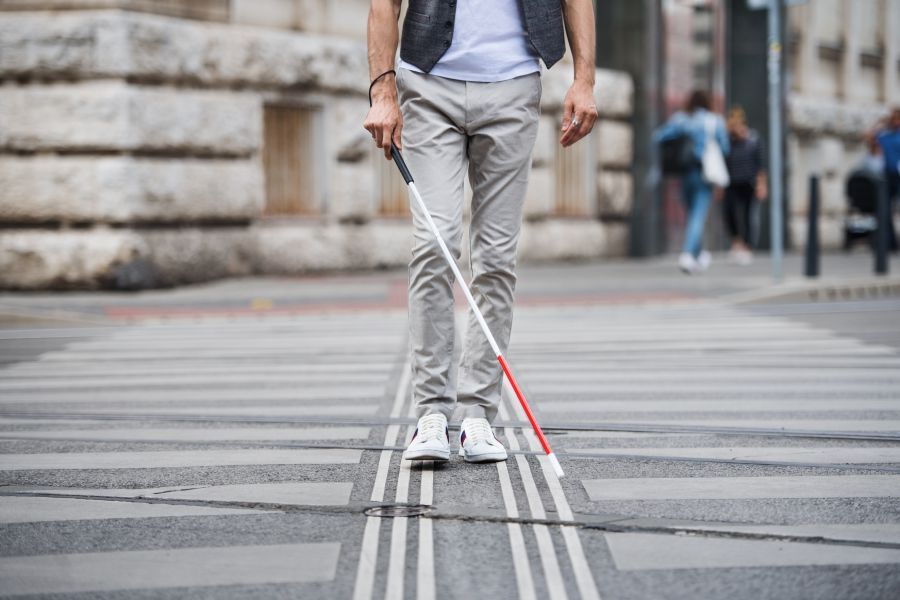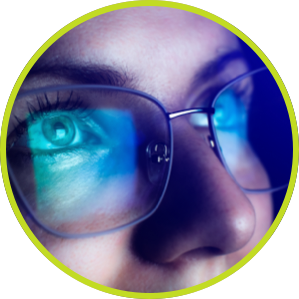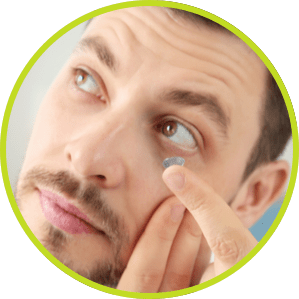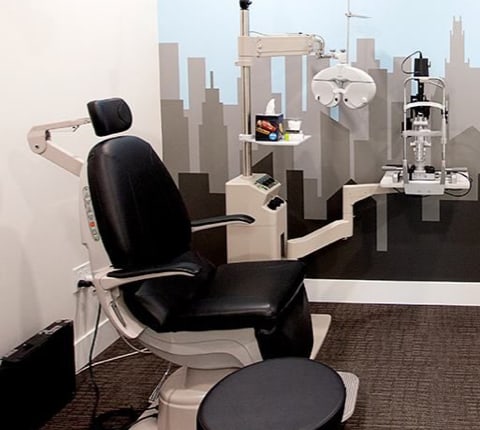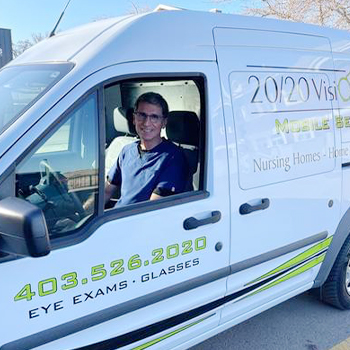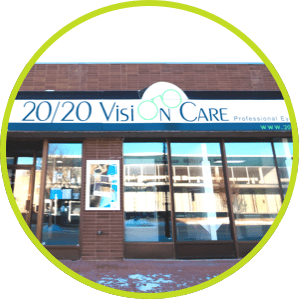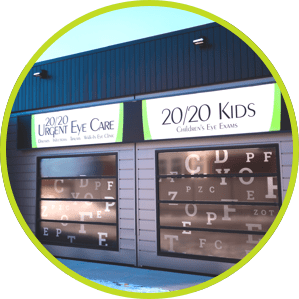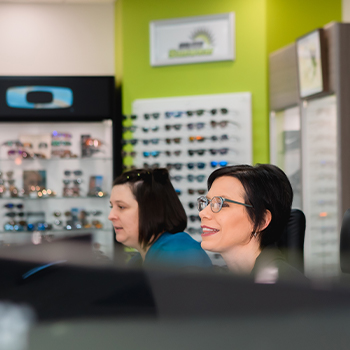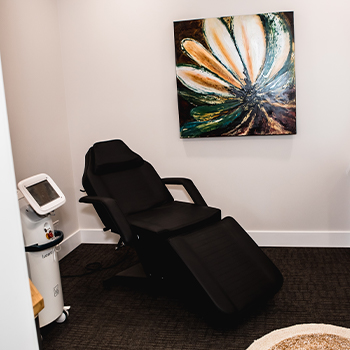What does it mean to be legally blind?
The answer to this question may surprise you. As the name implies, legal blindness has a legal definition. In Canada (and most other countries), one of two criteria must be met in order to be recognized as legally blind. Different countries have different criteria, but they are all quite similar. Canada and the US have the same criteria.
What criteria make one legally blind?
If one of the following two criteria are met, a person is considered legally blind:
1) When a person’s central vision cannot see better than 20/200 with their better-seeing eye while wearing corrective lenses (glasses or contact lenses). Just to give you an idea of how poor this is, the 20/200 line is the first row of letters directly underneath the ‘big E’ on most eye charts. Remember, these people can’t see better than that row with their glasses on. If someone takes their glasses off and can’t see this row, it doesn’t mean they are legally blind (but this is why we have restrictions on driver’s licences for people to wear corrective lenses while driving).
Also, if a person has one eye that is non-functional, as long as the other eye can see better than 20/200 with glasses on, they are not legally blind. In order to meet the above criteria, both eyes have to be open, glasses must be worn and if they can’t see better than 20/200, they meet the first definition of legal blindness.
2) When a person has a peripheral vision defect such that they have no more than 20 degrees of central viewing. In this case, things get even more interesting.
20 degrees of vision is about the amount of vision you get when you look through a toilet paper roll with the other eye shut. You’ll notice that this criteria does not mention how good vision must be. With this criteria, one can have 20/20 vision but still, be legally blind!
How can I act courteously around someone who is legally blind?
Now that you know what it means to be legally blind, a few things must be mentioned. Firstly, most (but not all) people who are legally blind still have some vision that they can use in everyday life. So, if you see someone walking with a cane or a guide dog, don’t assume that they can’t see you. Here is a shortlist of do’s and don’ts when associating with people who are legally blind. A lot of these things may seem like common sense, but they need to be mentioned.
Do’s:
Always introduce yourself by name and introduce people who join the conversation. Always let a person who has a visual impairment know when you are leaving the area. If you don’t, they may continue talking with no audience. Always talk TO the person. What I mean by this is, if a blind person is with someone who can see, don’t ask the person who can see about their blind friend. Speak to them!
Don’ts:
Don’t complain to someone who is legally blind about your glasses or about how it’s getting hard to see the fine print. Don’t grab them and pull them to where you want to go. Ask them if it is OK to guide them first.
If someone has a guide dog, don’t try to pet or play with the dog unless the owner says you can. These dogs have a job to do and are trained to work. Like all dogs, guide dogs are playful, but they should not be played with while they are working. Don’t raise your voice; just because they can’t see does not mean they can’t hear. In fact, people who are blind often develop a heightened sense of hearing.


